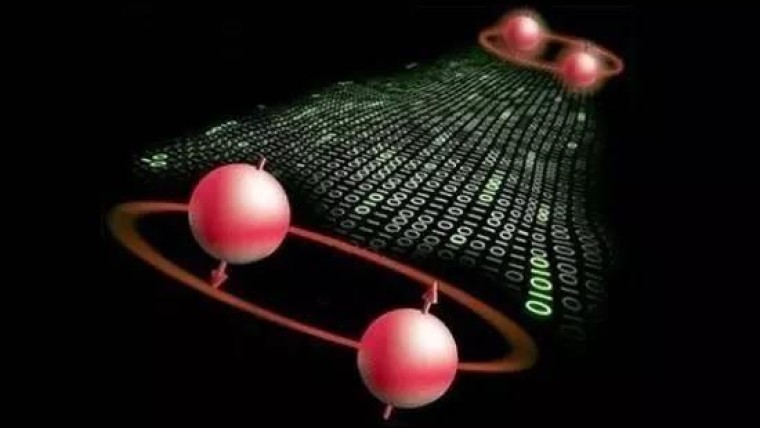
A Chinese research team, led by professor Chao-Yang Lu from the University of Science and Technology of China, have managed to teleport a piece of quantum information from the Gobi Desert to a satellite in space.
This is the first time information has been transferred into space using this method, known as quantum entanglement. It's not quite the same as the teleportation we see in science fiction; technically, no particle actually goes anywhere in the information transfer. What actually happens in quantum entanglement and in this teleportation is that two paired quantum photon particles react as if they were the same particle, without there being any physical connection between the two. So in essence, what you do or change in one particle will also change in the other particle, regardless of how far away the other particle is.
The researchers had beamed one of the particles, of the pair of photon particles, from Tibet to the orbiting satellite last month. In one of their subsequent experiments they then “teleported” a string of numbers by manipulating the properties of the particle in space which then lead to a change in the properties of its partner particle in Tibet that the Earth-based team could interpret. It's only quantum mechanics, it’s very easy to understand.
This kind of development, according to the University team, is a crucial step in both quantum computing as well as a future quantum internet, that would exploit the same quantum entanglement phenomenon.
In a time of ever-increasing ransomware attacks and elusive hacker networks, what appears to be a major benefit to this type of information transfer is the minimization of the chances of interception, which means that quantum encryption may very well be the way forward for improved cybersecurity.
Sources: arXiv.org, Wired | Image via People's Daily Online
















43 Comments - Add comment